Spontaneous Dump (No. 1) North of the Village of Kök-Oy, Ken-Kol Ayil District, Talas Region
Coordinates: 42.576625, 72.163355
Illegal dumps are one of the most dangerous environmental phenomena in Kyrgyzstan. These are places where waste and garbage accumulate without adhering to any standards or disposal norms, creating serious threats to the environment and human health. The size of illegal dumps is increasing at a catastrophic rate. They consume land, lead to the death of local flora and fauna, expand towards nearby settlements, and poison people. The irrational, outdated, and immoral policies of local authorities and capital officials regarding waste collection and disposal have resulted in thousands of semi-illegal dumps operating in Kyrgyzstan. All of them do not meet modern requirements for organizing such facilities. Dozens of hectares of beautiful and invaluable land have been allocated for dumps. Despite the apparent simplicity of throwing garbage in such places, their impact on nature and people can be catastrophic.
Environmental Hazards
Soil contamination: Substances contained in garbage gradually penetrate the soil, contaminating it with heavy metals, toxic chemicals, and other harmful compounds. This leads to soil degradation, reduced fertility, and the ability to support vegetation.
Water pollution: Through rain runoff and groundwater, harmful substances from unauthorized dumps enter rivers, lakes, and aquifers (groundwater). This results in the poisoning of water bodies, affecting not only the quality of drinking water but also the aquatic ecosystem, causing the death of fish and other organisms.
Air pollution: Illegal dumps often experience uncontrolled garbage fires, especially if they contain combustible materials. This leads to the release of a large amount of toxic gases into the atmosphere, including dioxins and furans, which are dangerous to human and animal health. Additionally, decaying organic waste emits methane—a greenhouse gas that accelerates climate change.
Disruption of ecosystems: Illegal dumps can destroy natural ecosystems by burying natural areas. Plastic waste, which decomposes slowly, can accumulate in water bodies, harming aquatic inhabitants and birds. Some animal species may get trapped in the garbage or ingest plastic, leading to their death.
Health Hazards
Toxic emissions: Illegal dumps often become sources of toxic emissions that can penetrate the air and water. Prolonged exposure to these toxins can lead to chronic diseases in humans, such as cancer, respiratory diseases, allergies, and skin conditions.
Spread of diseases: Illegal dumps often become breeding grounds for rodents, insects, and other disease carriers. Rats, for example, can be carriers of dangerous infections such as plague, leptospirosis, and salmonellosis. Mosquitoes and flies breeding in such conditions also carry disease pathogens.
Odors and air pollution: In places where organic waste is decomposing, foul vapors often arise. Constant inhalation of such odors can cause headaches, irritation of the respiratory tract, and even asthma attacks in people living nearby.
Illegal dumps pose a serious threat to nature and human health. Their negative impact encompasses various aspects—from soil and water pollution to the spread of diseases. Addressing this issue requires a comprehensive approach, including the creation of disposal infrastructure, educational work, and active community participation in environmental protection.
Illegal dumps are one of the most dangerous environmental phenomena in Kyrgyzstan. These are places where waste and garbage accumulate without adhering to any standards or disposal norms, creating serious threats to the environment and human health. The size of illegal dumps is increasing at a catastrophic rate. They consume land, lead to the death of local flora and fauna, expand towards nearby settlements, and poison people. The irrational, outdated, and immoral policies of local authorities and capital officials regarding waste collection and disposal have resulted in thousands of semi-illegal dumps operating in Kyrgyzstan. All of them do not meet modern requirements for organizing such facilities. Dozens of hectares of beautiful and invaluable land have been allocated for dumps. Despite the apparent simplicity of throwing garbage in such places, their impact on nature and people can be catastrophic.
Environmental Hazards
Soil contamination: Substances contained in garbage gradually penetrate the soil, contaminating it with heavy metals, toxic chemicals, and other harmful compounds. This leads to soil degradation, reduced fertility, and the ability to support vegetation.
Water pollution: Through rain runoff and groundwater, harmful substances from unauthorized dumps enter rivers, lakes, and aquifers (groundwater). This results in the poisoning of water bodies, affecting not only the quality of drinking water but also the aquatic ecosystem, causing the death of fish and other organisms.
Air pollution: Illegal dumps often experience uncontrolled garbage fires, especially if they contain combustible materials. This leads to the release of a large amount of toxic gases into the atmosphere, including dioxins and furans, which are dangerous to human and animal health. Additionally, decaying organic waste emits methane—a greenhouse gas that accelerates climate change.
Disruption of ecosystems: Illegal dumps can destroy natural ecosystems by burying natural areas. Plastic waste, which decomposes slowly, can accumulate in water bodies, harming aquatic inhabitants and birds. Some animal species may get trapped in the garbage or ingest plastic, leading to their death.
Health Hazards
Toxic emissions: Illegal dumps often become sources of toxic emissions that can penetrate the air and water. Prolonged exposure to these toxins can lead to chronic diseases in humans, such as cancer, respiratory diseases, allergies, and skin conditions.
Spread of diseases: Illegal dumps often become breeding grounds for rodents, insects, and other disease carriers. Rats, for example, can be carriers of dangerous infections such as plague, leptospirosis, and salmonellosis. Mosquitoes and flies breeding in such conditions also carry disease pathogens.
Odors and air pollution: In places where organic waste is decomposing, foul vapors often arise. Constant inhalation of such odors can cause headaches, irritation of the respiratory tract, and even asthma attacks in people living nearby.
Illegal dumps pose a serious threat to nature and human health. Their negative impact encompasses various aspects—from soil and water pollution to the spread of diseases. Addressing this issue requires a comprehensive approach, including the creation of disposal infrastructure, educational work, and active community participation in environmental protection.

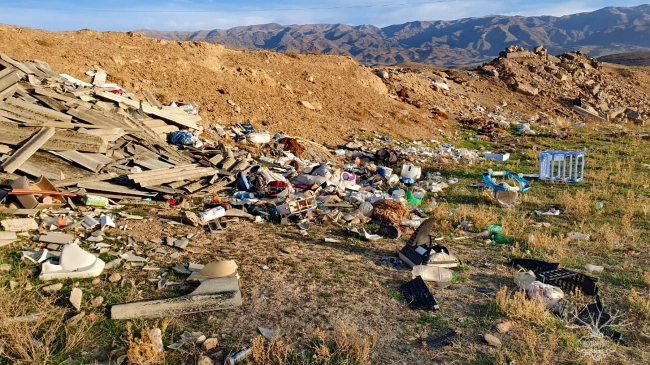
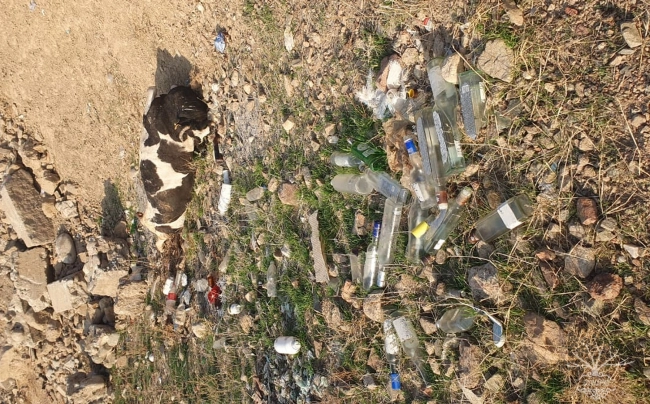
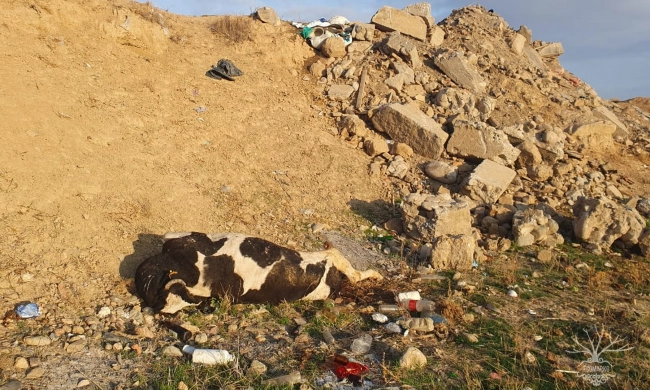

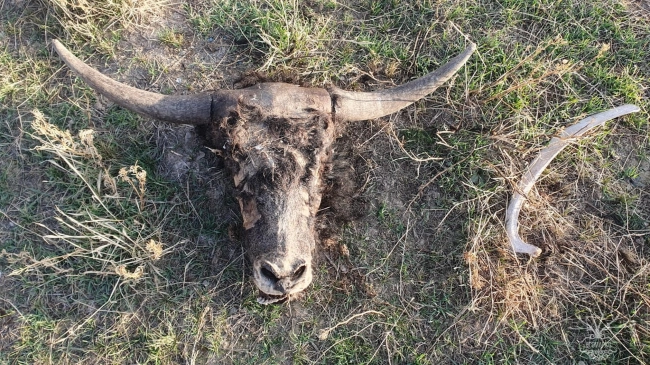
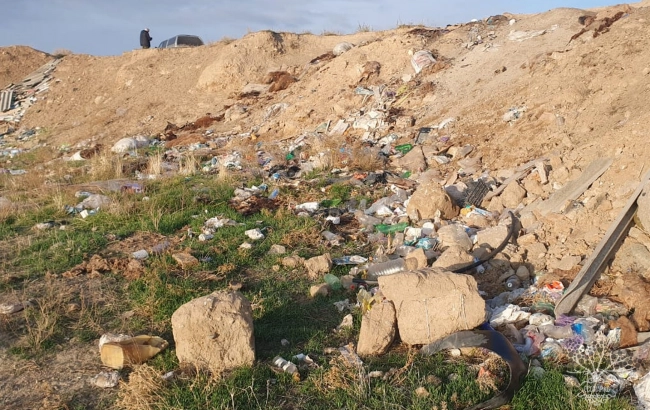
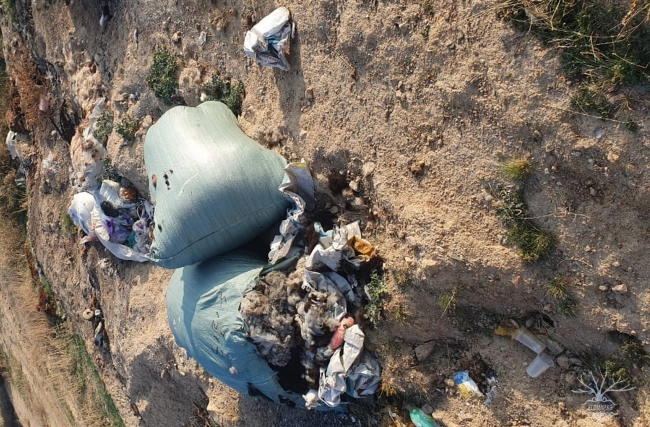

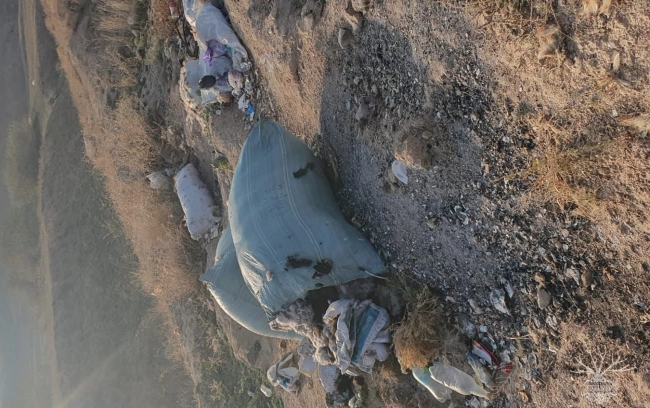


















Attention: Information based on submitted complaints